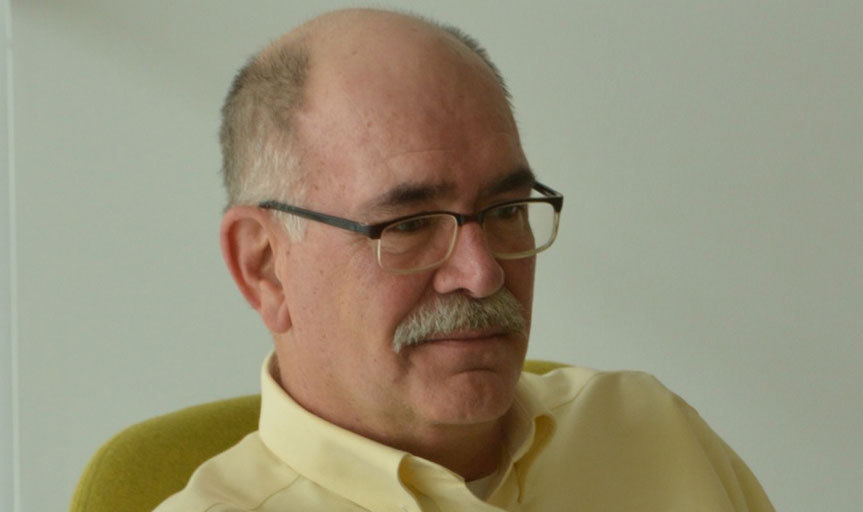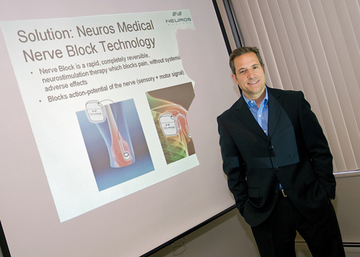[iSelect] You have the honorable position of being one of the leading medicinal chemists in the world.
[John] It’s funny. I don’t think of myself that way at all. I’ve had the great fortune to work with really great people on really good projects. We worked on some fabulous projects that lead to me finding some pretty good compounds. I have this knack to see stuff that others just don’t see. And I can’t explain where it comes from. I guess it’s just intuition.
Talk about how Celebrex was developed.
On COX-2 there were three large lead chemistry teams. I had a small group that was part of a much larger team. I kept looking at the data and I would say to the lead teams, “you guys ought to make things like this”. The team leaders really didn’t express much interest. But the data was so strong and I would keep suggesting to the larger teams, saying, “You really ought to make these”. After a while, I just decided to make the compound myself. In June, of 1993, I ordered up some of the raw material leading to the creation of Celebrex. And in August of 1993, I created the first analog. It was crazy good. The first year after Celebrex launched it was a 1.5 billion dollar drug.
How did you discover that COX-2’s could treat cancer?
COX-2 was first observed in tumor progression. There were a couple of key papers published. We’ve learned a lot about COX-2 role in tumor progression, initiation and maintenance. The data was telling us to create a treatment that would be an adjunct on top of the current standard of care. There is 20 years of literature that lead us to developing this entirely new compound of this caliber. We feel as confident as one can be that this will work in a clinical setting. Of course with any drug there is high risk, but we think we’ve wrung out most of that.
The Euclises executive team is very impressive.
Bobby Sandage is great and we are so lucky to have him. I met Bobby when I was presenting at a venture capital investor meeting. Bobby was in the audience and he asked a lot of questions. I could tell that he was really interested and expressed a strong interest in wanting to be involved with what we are doing. George Capps and Kathleen Beckmann are both Stanford University graduates. We have a really great team.
What milestones has Euclises reached?
We are doing combination therapy studies in animals. We are working closely with the former Deputy Director of the Oncology section of the FDA. He continues to say extremely positive things to say about the safety margin being so good on these new molecules.
Thank you John





